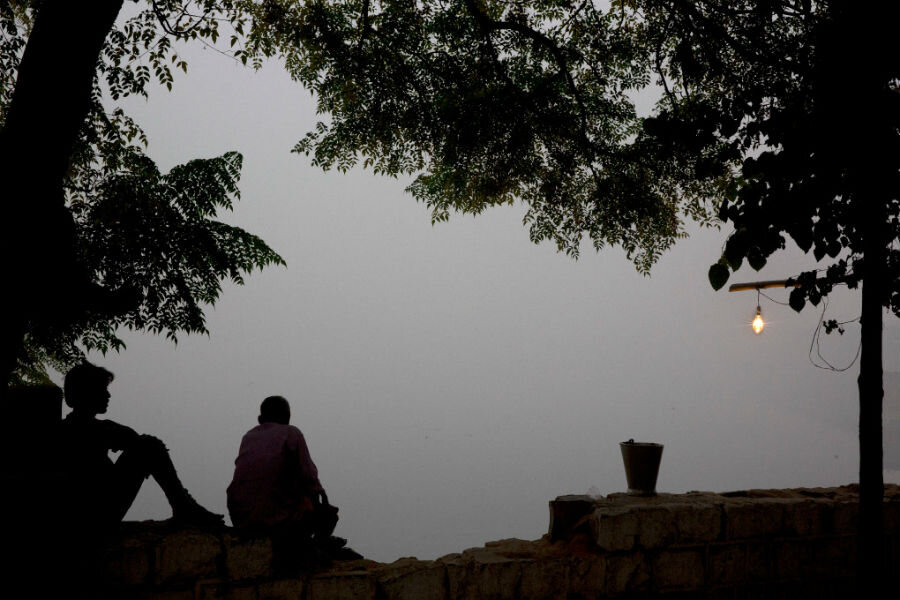What's New Delhi doing about its smog?
Loading...
Some New Delhi drivers may find themselves unable to use their cars from Tuesday, as city officials look to lift the smog that has clouded the city for more than a week.
Officials in India’s capital city are cracking down on older diesel vehicles, revoking the registrations of any vehicles older than 15 years. The measure could result in 200,000 vehicles being taken off New Delhi’s roads, according to a statement by Lt. Gov. Najeeb Jung’s office.
The current pollution is caused by elevated levels of PM2.5, tiny particles that medical experts say can cause breathing difficulties and shorten life expectancies. On Monday, the level of these particles was up at 700 (anything higher than 300 is considered "hazardous"). In response, Indians have been buying face masks and air purifiers at such a rate that some online retailers are selling out, The Wall Street Journal reported.
The public outcry over the air pollution has city officials searching for ways to lift the smog. Banning diesel vehicles more than 10 years old was a step they were unwilling to take in July, even when a top environmental court, the National Green Tribunal, ordered them to do so, reported Reuters. It may be a sign that authorities are now committed to improving New Delhi’s air quality, which regularly ranks among the worst in the world.
The city already has a number of emissions-reducing measures in place that have proven effective in other cities worldwide. In January, the number of vehicles on the roads dropped after an odd-even license plate scheme went into effect. Cars can only drive in the city on alternate days of the week, with odd-number plates one day and even-number plates the next. In 2012, natural-gas rickshaws were introduced in order to provide the city’s 17 million residents with cleaner and more efficient transportation.
At the national level, however, progress has been stymied. Vehicle makers, for instance, objected to new efficiency reforms. Though India became a party to the Paris Agreement, the country has been struggling to balance national development with environmental protection. As a result, 10 of the top 20 most polluted cities in the world are located in India, according to a 2016 World Health Organization report.
Actions like getting high-emitting old cars off the roads are important emergency-response measures, said The Energy and Resources Institute (TERI), based in New Delhi.
"TERI is presenting a set of emergency response measures to save lives and protect the health of both the very young and older citizens. These need to be put in action every time we find ourselves in this extremely hazardous air quality situation. In addition, we also need to start taking steps to diffuse some of the causes which lead to such a situation," Dr Ajay Mathur, director general of TERI, said in a statement.
The institute proposed a 10-step emergency response plan which, along with banning the movement of vehicles older than 10 years, calls for the government to buy agricultural residue from farmers so that they can control when and how it is burned; stop construction; and keep people home from work and school.
Many of these measures are now being implemented as part of the state of emergency ordered by the national government on Friday. And other cities are starting to follow New Delhi’s example, suggesting that these measures could provide urgently needed air quality improvements across the country.
In the long term, the Institute indicates, there is plenty to be done. Using cleaner fuels in home cooking would reduce smoke, while a congestion charge would discourage traffic and curb emissions. A public awareness campaign could also be implemented, intended to enourage individual Indians to reduce their personal energy use.
One step that would signal a change in attitudes: monitoring air quality. Many air monitoring devices are nonfunctional and numbers reported to the government are often fudged. The US Embassy in New Delhi currently provides one of the only accurate sources of this data.








